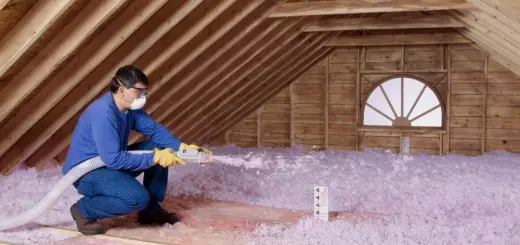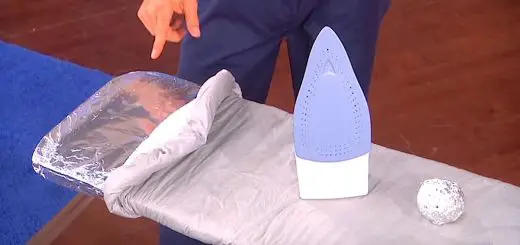Tips on Making Jams and Preserving Them Better for Winter
This time of the year, when fruits of all kinds are abundant, a lot of homemakers prepare different kinds of jams and marmalades. Even if you are inexperienced, you can also try to surprise your loved ones with a few jars of their favorite aromas. You’ll be enjoying them together for months when making pancakes or other desserts or just plain when you need a little extra energy. So here are a few tips on making jams you should observe if you want those different flavors filling your pantry and to enjoy them through the cold season.
Ingredients
Choose fresh, good quality fruit for making jam. They should be fully riped, but whole and hard enough.
Use 1 kilo of sugar for 1 kilo of fruit. You should generally prepare jam in small quantities, using up to 1,25 kilos of sugar/fruit. If you make more, it will have to boil more, which gives it a darker, less attractive color.
Never use powdered sugar in jam, because it may cause it to crystallize and harden.
You’ll normally use around 3 glasses of water per kilo of sugar to make the syrup, but in sweeter jams, like sour cherry, apricot, rose, acacia etc., that tend to crystallize, you should use 4 glasses to be able to boil more and avoid that.
Tips on making jams. Kitchen ware
Jams should be prepared only in pots you use specifically for this purpose, with no damage to their enamel or copper surface.
The pot should have a capacity of around 4-5 litres, as the jam expands when boiling and may spill otherwise.
All the utensils and the cloth napkins have to be perfectly clean. If you don’t observe these rules, you risk having your jam harden as soon as it cools down.
There’s no stirring in the composition as it boils, because you don’t want to mash the fruit. Just shake the pot from time to time to even out the jam.
Tips on making jams. Preserving
Just as the jam is almost done, before turning off the flame, you should add the juice from half a lemon or a whole lemon, if you’re using some very sweet fruit, to avoid crystallizing. Shake the pot well afterwards, let it boil just a little more, shake again so all the foam goes up, where it can easily be removed with a spoon, and remove the pot from the range.
Put the pot on a counter and cover it with a clean towel soaked in cold water and well drained. Leave it until it cools down completely and the fruit are soaked in syrup.
Never put hot or warm jam in jars, because the fruit will tend to rise and not stay in the syrup. It takes around 12 hours for the jam to cool down, and that’s when you can transfer it into the jars and cover them with paper or plastic foil.
Keep any drip of water out of your jam jars! Jam is very concentrate and, having contact with water, it will crystallize. The jars must be completely dry, as well as the tea spoons you introduce inside them.
If you feel confident to try making your own jam, here’s a sugar-free plum jam recipe and one for bitter cherry confiture, a true delicacy.
Credits: blog.produse-naturale-online.ro
Photo credits: piataoborbucuresti.ro


















